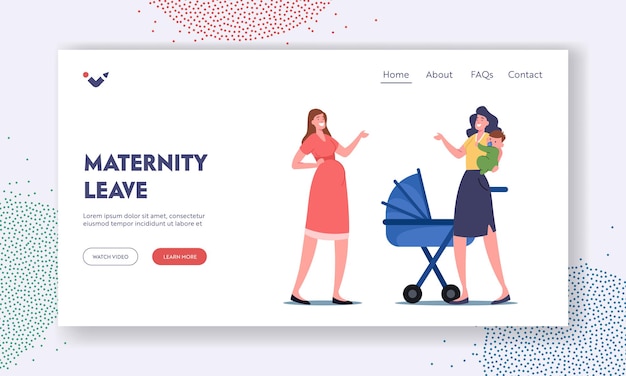Maternity
Maternity Leave in the United States: A Closer Look
Introduction
Maternity leave is a crucial aspect of family policy in any country, as it directly impacts the well-being of mothers, infants, and families as a whole. In the United States, the issue of maternity leave has been a topic of debate and discussion for many years. This article delves into the average maternity leave in the U.S., highlighting key aspects, challenges, and potential solutions.

Current State of Maternity Leave in the U.S.:
-
- The United States is known for its minimal federal policies regarding maternity leave.
- The Family and Medical Leave Act (FMLA) provides up to 12 weeks of unpaid leave for eligible employees.
- Many working women rely on employer policies or state-level benefits for paid maternity leave.
Average Length of Maternity Leave:
-
- Due to the lack of universal paid maternity leave, the length of leave varies significantly.
- On average, mothers in the U.S. take around 10 weeks of maternity leave.
- Some mothers may take less due to financial constraints, while others may take more if their employers offer extended benefits.
Impact on Women and Families:
-
- Short maternity leaves can lead to physical and emotional strain on mothers.
- Families often face financial difficulties, as unpaid leave can be financially burdensome.
- Shorter leaves can affect infant health and bonding, potentially leading to long-term consequences.
Challenges in Achieving Adequate Maternity Leave:
-
- Lack of federal legislation mandating paid maternity leave.
- Resistance from some employers to offer paid leave due to cost concerns.
- The stigma associated with taking time off work, potentially hindering career advancement.
The Economic Argument for Maternity Leave:
-
- Studies suggest that paid maternity leave can benefit businesses through reduced turnover and increased employee loyalty.
- It can also have long-term economic benefits by supporting women’s workforce participation.
State-Level Initiatives:
-
- Several states have taken the initiative to provide paid family and medical leave, surpassing federal standards.
- California, New York, and Washington are among the states with more comprehensive maternity leave policies.
Advocacy and Policy Proposals:
-
- Advocacy groups and policymakers continue to push for nationwide paid maternity leave.
- Various proposals, such as the Family and Medical Insurance Leave (FAMILY) Act, aim to establish federal paid family and medical leave policies.
International Comparisons:
-
- Comparing the U.S. to other developed nations reveals stark disparities in maternity leave policies.
- Countries like Sweden and Norway offer extensive paid parental leave, often up to a year or more.
The Role of Employers:
-
- Some progressive companies voluntarily offer generous maternity leave policies to attract and retain talent.
- Employer-sponsored maternity leave benefits can set positive examples for others.
Conclusion
-
- Maternity leave in the United States is still far from ideal, with many women facing challenges in accessing adequate leave.
- Advocacy and policy changes are essential to bridge the gap between the U.S. and other developed nations in terms of maternity leave.
- Recognizing the importance of maternity leave not only for the well-being of families but also for the economy can drive positive change in the future.
